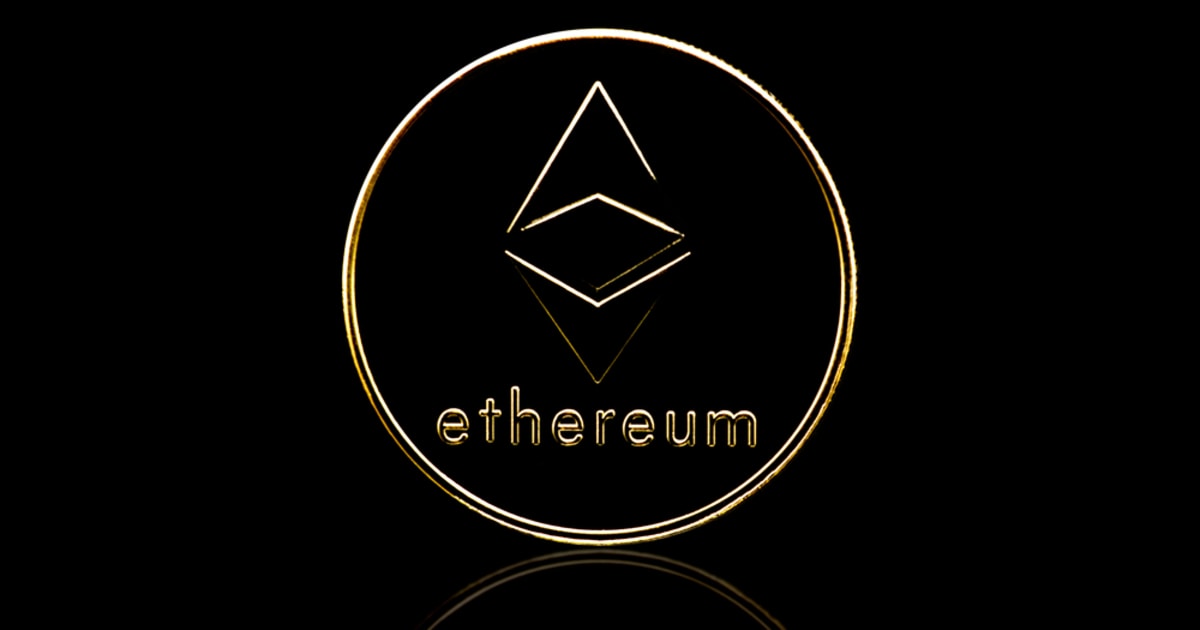Ethereum to Launch Another Testnet for ETH 2.0 After Spadina Fails to Achieve Finality
Shine Li Sep 30, 2020 09:38
Ethereum developers announced that they will be launching another testnet next week, dubbed Zinken, following the low participation rate on Spadina.

Ethereum developers announced that they will be launching another testnet next week, dubbed Zinken, following the low participation rate on Spadina.

Spadina, launched on September 29, was reported to have had less validator participation levels than desired. It was initially launched by Ethereum developers in parallel with Medalla testnet, as a short-term “dress rehearsal” in preparation for Ethereum 2.0 mainnet’s rollout.
However, the testnet suffered from low participation levels, recording only about 30% participation rate, as opposed to an expected 80%. Consequently, finality was not achieved on Spadina. As deposits and genesis were considered “a risky and difficult part of the process,” developers behind Ethereum hoped that this could be practiced before Ethereum 2.0 mainnet was released.
The goal of the testnets launched by the Ethereum developers is to practice block mining before ETH 2.0 came into play. For Zinken to be successful, lead coordinator for Ethereum 2.0 Danny Ryan had said that testnet validators needed to take the launch rehearsal seriously. He said:
“As this is a dress rehearsal, we ask you to take genesis seriously. Only make deposits for vals (validators) you intend to run, and if at all possible, be attentive in the 24 hours leading to genesis – upgrading your node if necessary.”
The Zinken testnet, as opposed to Spadina, will run for a week and a half, according to Ryan.
With Ethereum 2.0 mainnet, co-founder Vitalik Buterin is striving to achieve a pure Proof-of-Stake blockchain, as opposed to the current Proof-of-Work protocol. Through ETH 2.0, the aspiration is that higher “decentralization, resilience, security, simplicity and longevity” will be achieved, according to co-founder of Ethereum Joseph Lubin.
Image source: Shutterstock.jpg)
